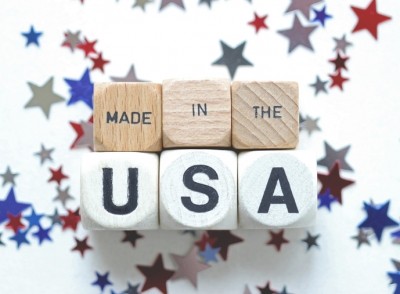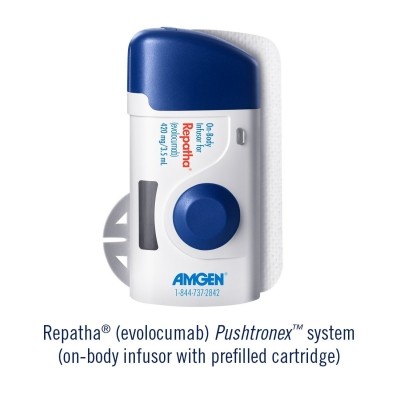Regulations not the only barrier to biosimilars in the US say analysts

According to data from EvaluatePharma, biopharmaceuticals – or biotech drugs – brought in revenue of $65.4bn (€58.4bn) in the US in 2012. IMS Health suggests this increased to $92bn in 2013.
The perceived wisdom is that when biosimilars join a market it forces branded biopharma firms to cut prices to preserve share, which is what happened when Dr Reddy’s launched its Rituxan copycat Reditux in India in 2007.
Similarly, in Europe, Merck & Co has predicted it will be forced to cut the price of Remicade as a result of competition from Celltrion’s Remsima and Hospira’s Inflectra.
In the US, a similar impact has been predicted. In 2008, the Congressional Budget Office (CBO) suggested biosimilars would save the Government $25bn between 2009 and 2018.
Some economists still hold this view.
Others suggest the slow progress made since the Biologics Price Competition and Innovation Act (BPCI) became law is indicative of US peculiarities that are delaying market development.
Switching
Saurabh Aggarwal from NOVEL Health Strategies told Biopharma-reporter.com that: “In the US, the short term challenges are the State substitution laws."
When the Patient Protection and Affordable Care Act (PPAC) became law in 2010 - bringing with it the BPCI - it defined when a biosimilar can be switched for an originator – its interchangability – by the dispensing pharmacist.
The tricky bit – for biosimilars developers – is that it was left up to individual States to decide the precise requirements needed to substitute a biosimilar for a prescribed reference product.
The result is that a patchwork of subtle State to State variations now exists. Biosimilars firms need to understand and be able to navigate these to maximise sales.
Safety focus
In the longer term "The challenge will be in driving uptake, for which physicians have to truly believe in the product, in terms of safety and efficacy” according to Aggarwal.
“Our discussions with physicians revealed that they have some concerns regarding safety of biosimilars. Unlike most generics which are used for primary care indications, most biologics are used for severe, complex and life threatening disease. The bar for safety is much higher for biologics.
“Due to these safety concerns, the uptake curve for biosimilars is likely to relatively slower than most generics,” he said, adding “Unless, major clinical guidelines such as ACR, ASCO and NCCN endorse these products, biosimilar manufacturers will need to generate more long safety evidence to convince physicians.”
Price competition
Another issue biosimilar firms must address is the demand for value added products according to GlobalData analyst Lakshmi Dharmarajan, who suggested that US patients would be unlikely to switch from a branded product based on price alone.
She told us that “Providing other value-added features, such as multiple delivery devices, auto injector technologies and different formulations, would enable manufacturers to gain patient preference.”
Biosimilars firms also need to work with insurers to crack the US market according to Dharmarajan, who said: “Since company rebates to health plans influence market shares, developing relationships with different payers would be essential, especially in the US market.”
She also suggested that: “Biosimilar manufacturers would have to invest heavily on sales and marketing in order to build their biosimilar brand name and to establish market presence."













